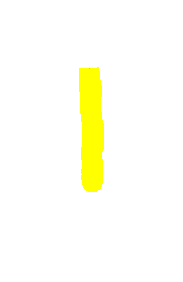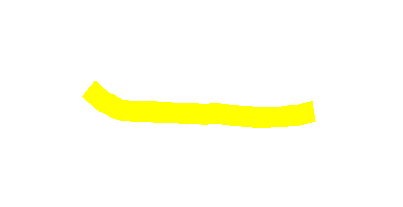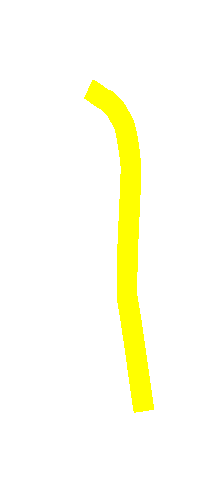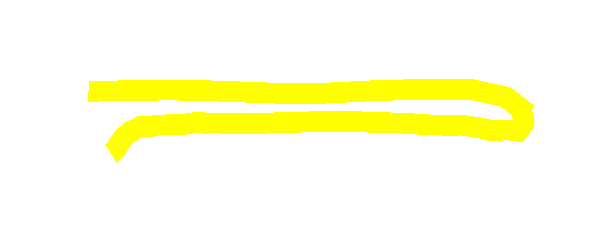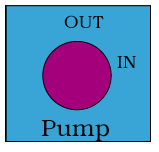A Pumping and Filtering Manifold for Recycling Waste Oil for Fuel
Design # 4 for high volume, high purity applications
A pumping and filtering manifold for recycling vegetable oil as a fuel for a diesel vehicle IV
In the designing of a pumping and filtering manifold for hobbyists to recycling vegetable oil as a fuel for powering a diesel vehicle I decided to avoid any exotic components if at all possible so that any hobbyist could build this manifold from locally available materials and parts. Thus I settled upon using water filters from a local hardware store as the main components. I believe it will take three stages of filtration to accomplish the level of filtration that is typically recommended by the community of vegetable oil diesel explorers, which recommends filtration down to 5 to 1 micron.
To understand how to design a filtering manifold one has to realize that every drop in filter pore size forms an obstacle for your pump to either suction or push the filtered medium through. Additionally 1/2 the pore size equates to 1/3 the throughput (remember 2pi.r).
Recycled fryer fat comes with a lot of food scrap residue that could quickly clog a filter, so I plan to put a fine mesh pickup screen on the intake hose that will be dipped into the tallow bin. A 50-micron mesh would remove particles just small enough to be seen. The screen should have a small enough diameter to fit inside a 55 gallon (200 liter) barrel, while still having a 1” NPT fitting on it would be ideal. I imagine one that is long and slim, about 2” (5 cm) OD and about a 6” to 1 foot (1/3 meter) long. This could be manufactured if one cannot purchase one.
Continuing on with the filtering section, one would not want to drop from a 50-micron pickup screen to a 1-micron filter, because that would be a 50/1 differential in pore size, which would be 150 times the restriction to flow. Such a drop would only serve to load up the 1-micron filter and slow down your filtering operation. For best results one would only want a 50% drop in pore size between each stage of filtration.
Thus if the first stage of filtration is the 50 micron pickup screen, then the next stage should only be half that with a 25-micron filter, the next stage should be half again at 12 to 10 microns, then the next stage should be half again at 5 microns, then if one wanted to filter down further one would want a 2 or 1 micron filter as one’s final filtering stage. Filtering down to 1 micron from 50 microns would, however, mean a 4-stage manifold with the addition of a pickup screen. Such a manifold design would be large, and expensive. To keep costs and size down I propose a three-stage filter manifold with a pickup screen. A four-stage manifold would be more appropriate for a non-mobile commercial operation, where larger filters and larger pipes could be utilized to reduce resistance to flow.
The basic operation in a typical mobile design for the hobbyist the pump would first suction the tallow through a 50-micron pickup screen, then force the oil to flow through a 25-micron filter to remove the larger sediments, then a second filter at about 12 to 10-microns would remove the middle sediments, then a third filter at 5-microns for the final stage of filtration.
Since these water filters are designed to handle 100 psi of pressure, and one would want to pump about 10 gallons (40 litters) per minute, then one would want a water pump that can deliver 10 gallons per minute at about 100 psi of pressure.
To reduce filtering time one would want to find a pump that meets the pressure specification of the filters (100 psi), one would also want to have the largest diameter throughput on all components, thus 3/4” to 1” NPT is recommended. One could further increase throughput by installing 10” filters instead of the standard 5” variety. Also, pumping late in the afternoon when the tallow bin is warm would be better than early in the morning when the bin is cold. Finally, a bypass valve to bypass the filters and go straight to a slop bin would be very useful, then one could simply pump through the 50 micron pickup screen into some cheap container, like one or more 55 gallon (200 lit.) barrels, then do the filtering when, and where, it is more convenient.
The dimensions of the whole manifold assembly would be about 3 feet (1 meter) wide and 15” (1/2 meter) deep and maybe 15” (1/2 meter) tall and could easily be mounted on a roof rack or the bed of a truck, or even the trunk (boot) of a car. It could all be contained within a box, which could also contain the hoses and other accessories that would contain any oil mess. A durable plastic storage bin or metal utility box might be ideal to contain this equipment.
There would have to be a provision for storing two hoses in such a way that they do not drip all over the vehicle, which they will unless there is a valve or a plug at both ends of the hose to contain the oil that is coating the insides of the hoses. Dust could also migrate inside the hoses without the valves or plugs present.
The intake hose would need to be about 10 to 20 feet (3 to 7 meters) long to accommodate reaching a tallow bin behind a restaurant. The outtake hose from the filters would only need to be long enough to reach the fuel fill door, probably 5 to 10 feet (2-3 meters). Clear high-pressure vinyl hose would be useful because then one could monitor the progress of the pumping and observe any blockages that may develop. The high-pressure hose should also avoid collapse under vacuum on the pickup end as well.
There should also be pressure gauges between each filter and before the first filter so that the pressure drop across each filter could be monitored. Knowing what the pressure drop is across the filters when they are new would be a good indicator to know when to replace the cartridges later on when they are filled with sediments.
The cost of the 10” design retail is probably about $600 (US). The cost of the 5” design is likely to be about $450 (US). This design can easily be simplified to accommodate a more modest budget. One can also find almost all of these components at surplus yards, such as at military, corporate and university research labs, where very exotic components are commonly found. For instance all of the needed plumbing parts could be found in stainless steel. The pressure gauges, valves, filters, pump and hoses can all be found in these places at very reasonable prices as well. With good scrounging one can reduce this above price to less than $100 (US) for either design.
